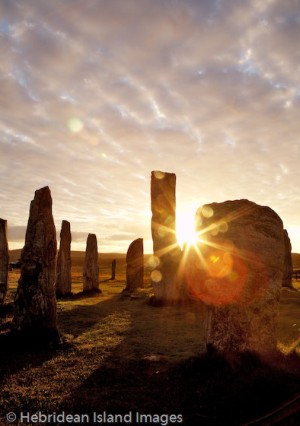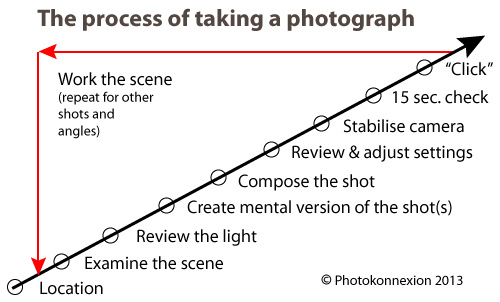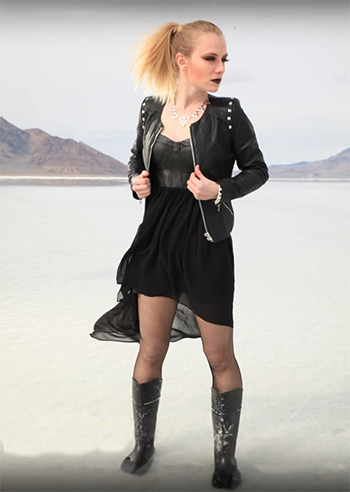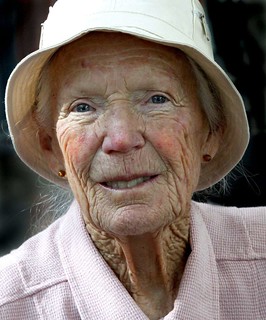
• Callanish, Early Dawn •
Taken on the Isle of Lewis – Callanhish stone circle.
Image from ‘©Hebridean Island Images’ by Ruari Cumming, ARPS
If tranquillity is what you want…
Many places in the world are still untouched, but few are so close to the bustle of the UK. The Hebrides is a chain of islands off the Scottish coast. What a pearl. I love this wonderful place. Many years ago I spent quite some time there. I fully intend to go back.
Wonderful island images
If you love rugged and interesting coastlines, old ruins and mysterious stone circles, then you will love the Hebrides. There are more than fifty larger islands and hundreds of smaller and uninhabited ones. There’s a lot to see. And, there’s plenty to offer the photographer.
There is a thriving local tourist industry. It does not ruin the isles. It caters well for those looking for the taste of some rugged island air. All levels of accommodation are available. Some of it all year round. It is mostly run by local people. It is low-key, in keeping with the local area. You can find out more about staying there on Visit Hebrides ![]() .
.
There is so much to photograph in the Hebrides. Wildlife, people, the sea and the moods of the local weather. And, there are plenty of the latter! However, for me the most attractive thing about the islands is the rugged scenery. There are some fantastic scenes of mountains and coastline. The fact you can photograph them so close together makes it worthwhile visiting just for that. And, if you love a good walk you could not cover all of them if you went back every year!
Renewing a friendship
Last week I was fortunate to listen to a talk by Ruari Cumming ARPS. He has been an enthusiast of the Hebrides all his life. His talk charted his close relationship with the islands, the people who live there and the life they lead. We saw some great island photographs too.
As a photography club member I hear a lot of talks from enthusiastic photographers. Ruari always adds something new. His trade mark audio visual sequences and island images, with accompanying music, keep the audience captivated. This year his insight into life on the islands caught my attention.
The people
Ruari explored the lives of people he met, their work and the places they lived. Particularly interesting was to see them keep alive wonderful traditions. The local Harris Tweed ![]() industry is known worldwide. It is based on these out-of-the-way islands. However, it is also a global export cottage industry. I asked Ruari if he had any difficulty getting cooperation from the Islanders for his photography. “No” he said, “In the twenty odd years I have photographed the Hebrides, I have never had an islander refuse me taking photos – they were warm and open”. A lesson there for photographers everywhere. Don’t be afraid to ask.
industry is known worldwide. It is based on these out-of-the-way islands. However, it is also a global export cottage industry. I asked Ruari if he had any difficulty getting cooperation from the Islanders for his photography. “No” he said, “In the twenty odd years I have photographed the Hebrides, I have never had an islander refuse me taking photos – they were warm and open”. A lesson there for photographers everywhere. Don’t be afraid to ask.
Island images gallery
I really enjoyed the presentation and the island images from all aspects. Ruari gave an interesting and beautifully illustrated talk. He has a website with a gallery of many of his island images ![]() . The site also provides information about his talks, presentations and island images
. The site also provides information about his talks, presentations and island images ![]() .
.
In Hebrides ![]()
, readers follow Peter May on an odyssey in prose and images, through a history of the Vikings’ ‘Long Island’ and his own deep personal connection with the islands that influenced his best selling work.
Travelling as if alongside his protagonist Fin Macleod, he describes the island life – as bewitching as it is treacherous – his encounter with the bird-hunters of Sula Sgeir, the savage seas of Ness and the churches of Eriskay. With extracts from Peter May’s other books and specially commissioned photographs, this book places his writing and characters within the land that gave them form. Hebrides ![]()
Peter May is the author of the best selling “Lewis Trilogy”…
The Blackhouse: Book One of the Lewis Trilogy ![]()
The Lewis Man: Book Two of the Lewis Trilogy ![]()
The Chessmen (Lewis Trilogy 3) ![]()
Comments, additions, amendments or ideas on this article? Contact Us
or why not leave a comment at the bottom of the page…
Like this article? Don’t miss the next — sign up for tips by email.
Photokonnexion Photographic Glossary – Definitions and articles.
Visit Hebrides
Royal Photographic Society
Harris Tweed
Hebridean Island Images
gallery of many of his island images
Ruari Cumming – Information on talks, presentations and island images








